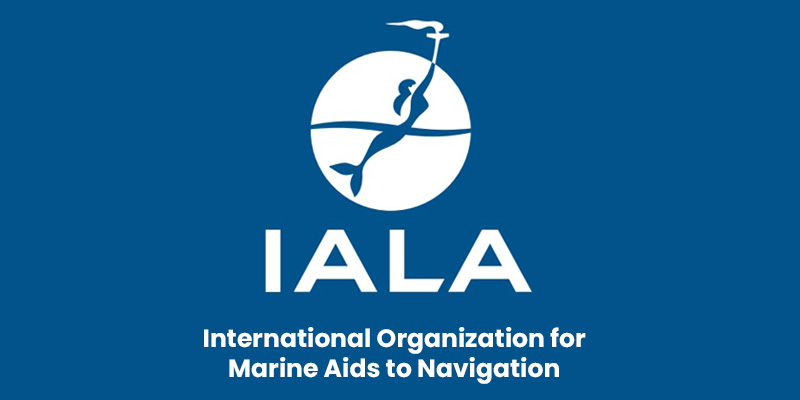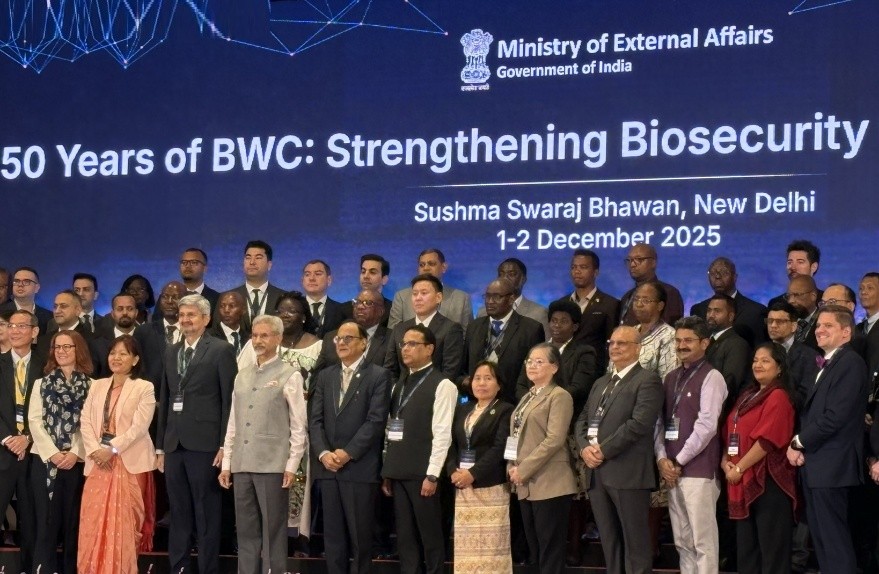Font size:
Print
Sittwe Port: Opportunities and Challenges
Context:
India’s maritime connectivity strategy, particularly in the Bay of Bengal, is central to its regional trade, energy security, and diplomatic engagement.
More on News
- The acquisition of Sittwe Port in Myanmar by India Ports Global Ltd. (IPGL) underscores this focus.
- Sittwe Port, a key component of the Kaladan Multi-Modal Transit Transport Project (KMMTTP), connects India’s Northeast to the Bay of Bengal, enhancing regional integration and trade.
- However, challenges like Myanmar’s political instability and the port’s commercial viability must be addressed to fully realise its potential.
Significance of Sittwe Port
- Sittwe Port, strategically located in the Bay of Bengal, strengthens India’s role in the Indo-Pacific and sub-regional initiatives like BIMSTEC.
- It reduces transportation time between India and Myanmar, facilitating trade and reducing carbon emissions.
- The port also counters China’s influence in Myanmar, exemplified by its Kyaukphyu deep-sea port project.
- The port’s development aligns with India’s Act East Policy and broader initiatives like the India-Myanmar-Thailand Trilateral Highway.
- Sittwe’s development could boost bilateral trade, energy imports, and socio-economic stability in Rakhine State, which has been plagued by ethnic conflicts and the Rohingya crisis.
Commercial Viability and Trade Flows
- Sittwe Port’s success depends on operational ease, technological infrastructure, and trade dynamics.
- While India-Myanmar trade has grown modestly, it remains concentrated in sectors like edible vegetables and primary goods.
- The port’s potential lies in enhancing value-added trade and integrating into regional value chains, particularly with ASEAN.
- However, political instability and underdeveloped infrastructure in Rakhine State pose significant hurdles.
Political and Security Challenges
- Myanmar’s ongoing civil war and the Arakan Army’s (AA) control over key areas near Sittwe Port threaten its operational security.
- India has engaged with Myanmar’s military junta and EAOs to safeguard its projects, but the conflict complicates long-term planning.
- The AA’s influence and the junta’s airstrikes in Rakhine State further destabilise the region, impacting the port’s functionality.
Key Challenges
- Political Instability: Myanmar’s civil war and the AA’s territorial gains disrupt infrastructure projects and deter investment.
- Economic Viability: Poor infrastructure, limited trade volumes, and underdeveloped regions hinder the port’s economic potential.
- Local Marginalisation: Rakhine State’s economic neglect risks alienating local populations, undermining the port’s long-term success.
- Connectivity Issues: Delays in the KMMTTP’s road component and unresolved land disputes in India further impede progress.
Way Forward
- Empower Local Communities: Engaging border communities and addressing their needs can foster local support for the project.
- Engage All Stakeholders: India should maintain dialogue with Myanmar’s junta, EAOs, and pro-democracy groups to ensure project security.
- Enhance Coordination: Central and provincial agencies in India and Myanmar must collaborate to address bureaucratic and operational challenges.
- Leverage Regional Initiatives: Integrating Sittwe Port with BIMSTEC and other regional frameworks can amplify its economic and strategic impact.


